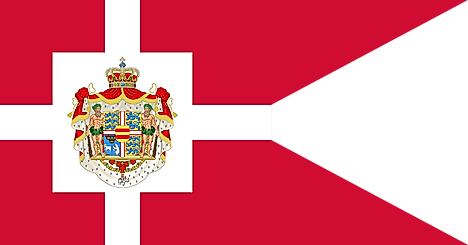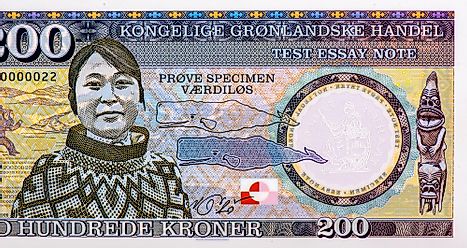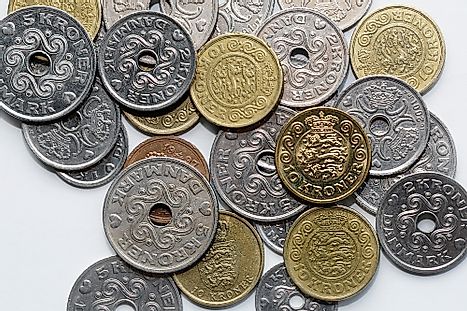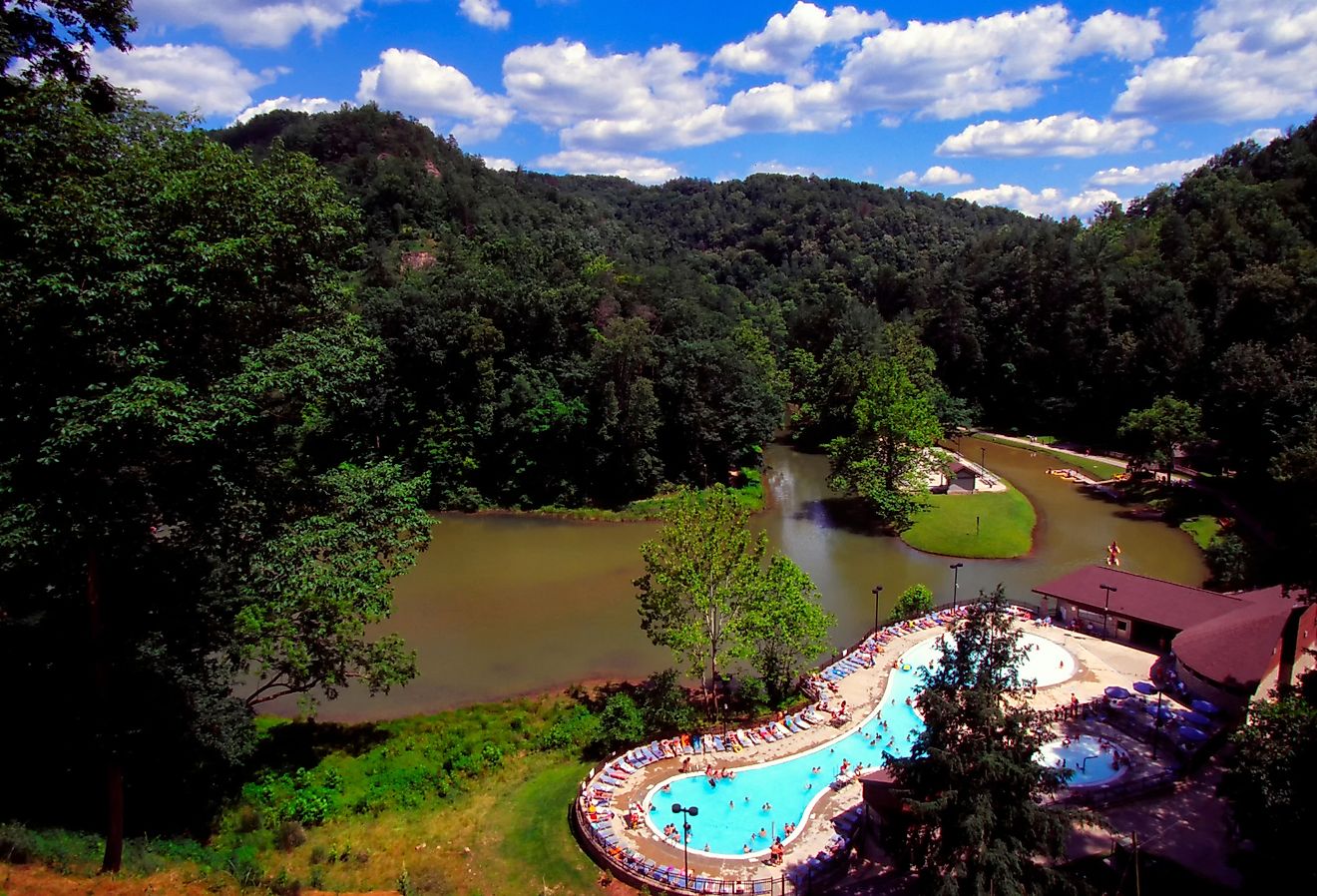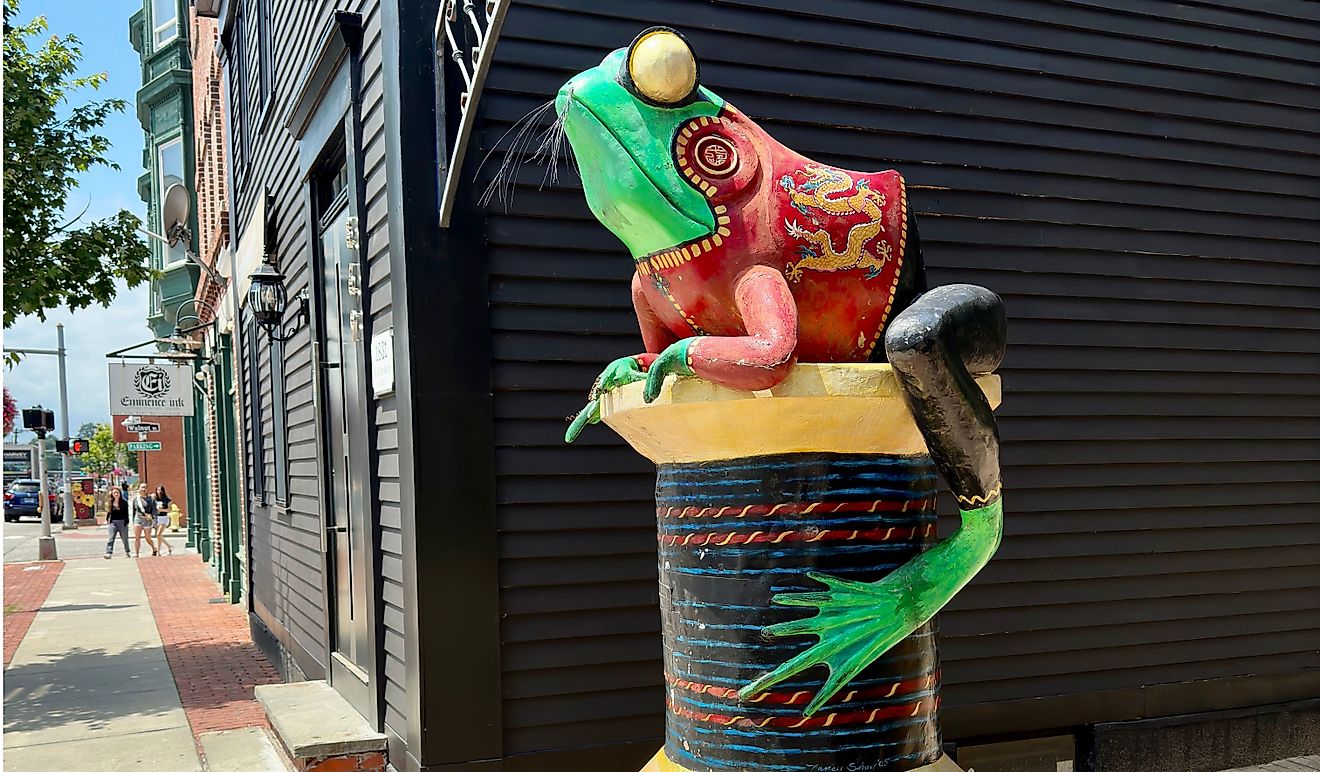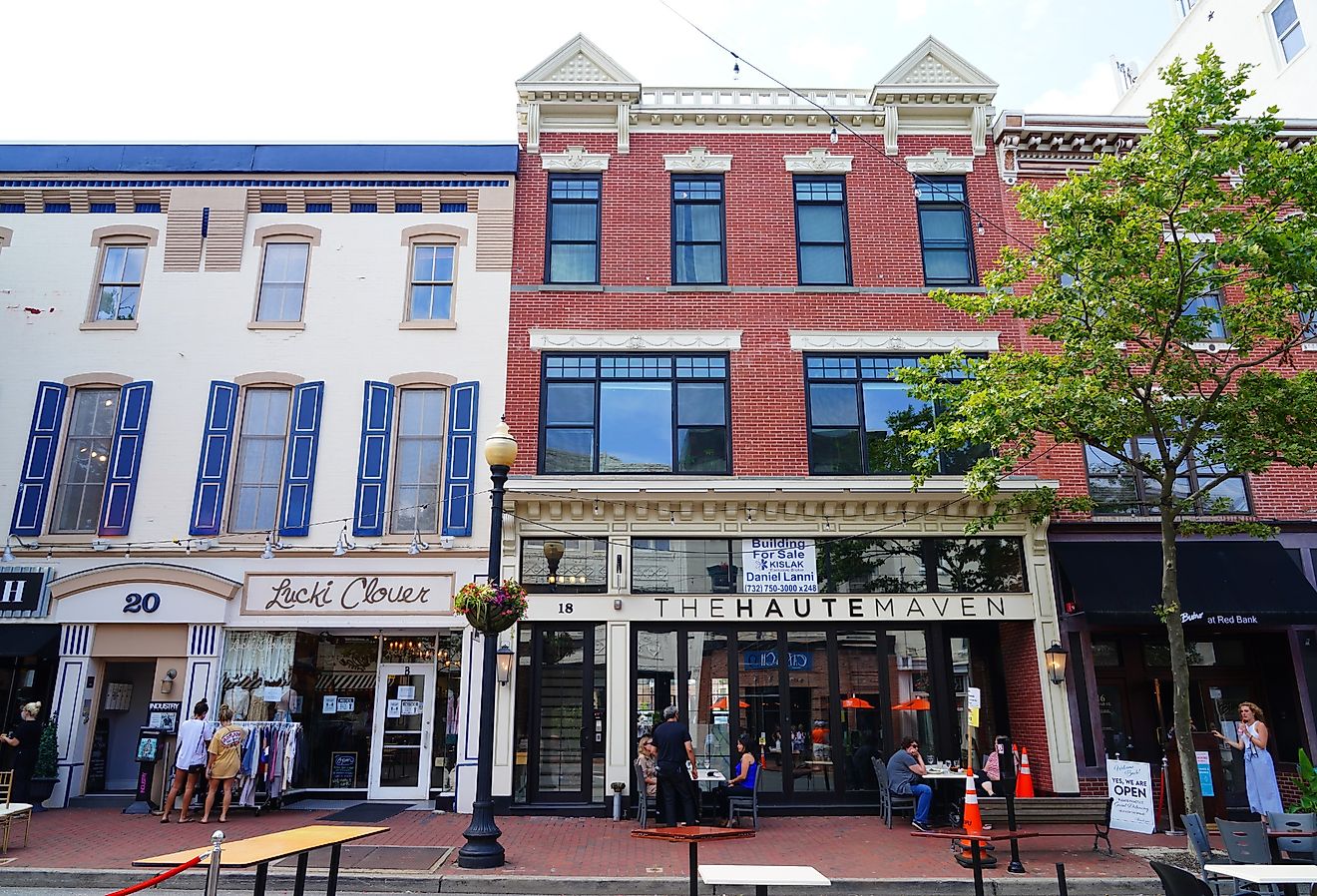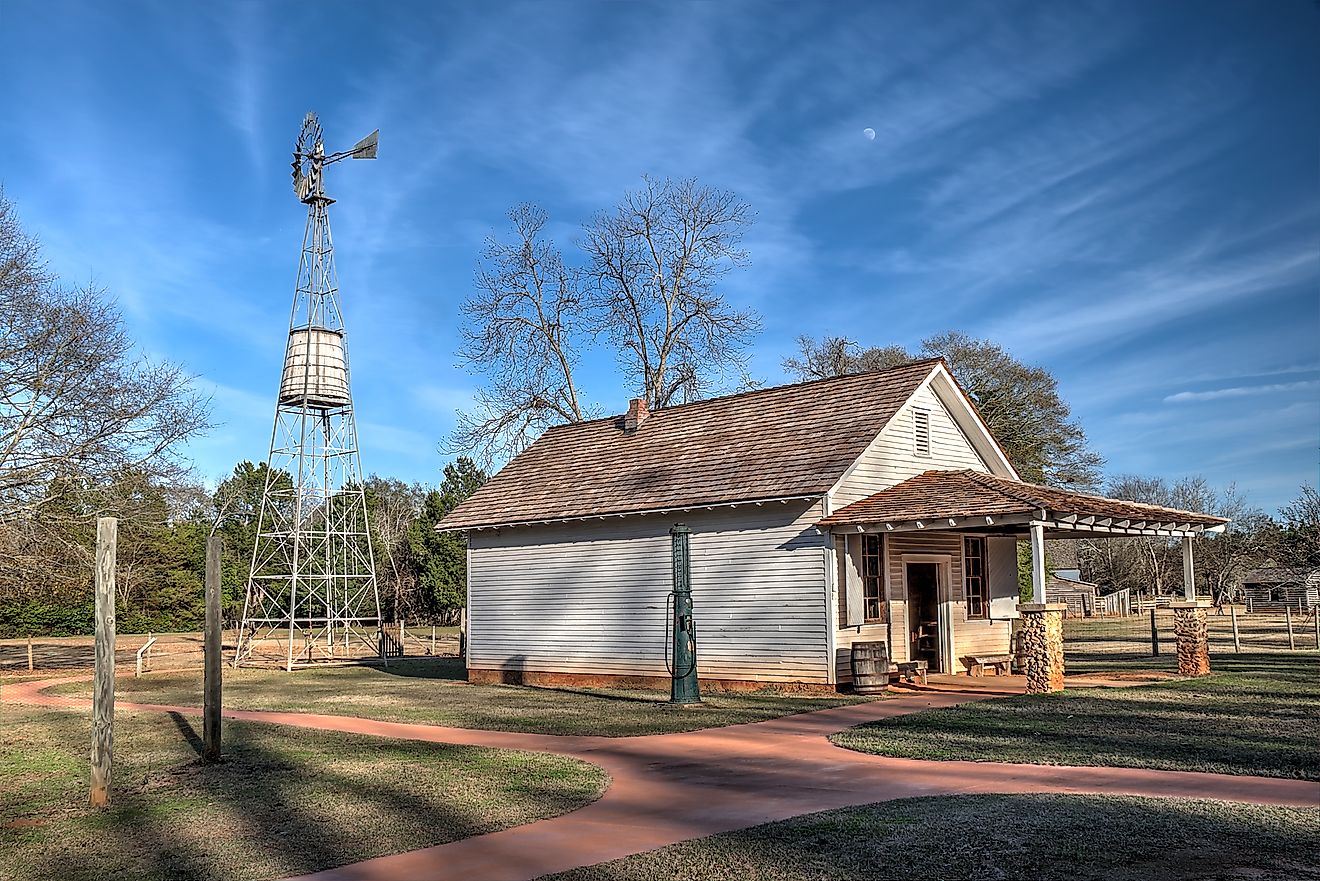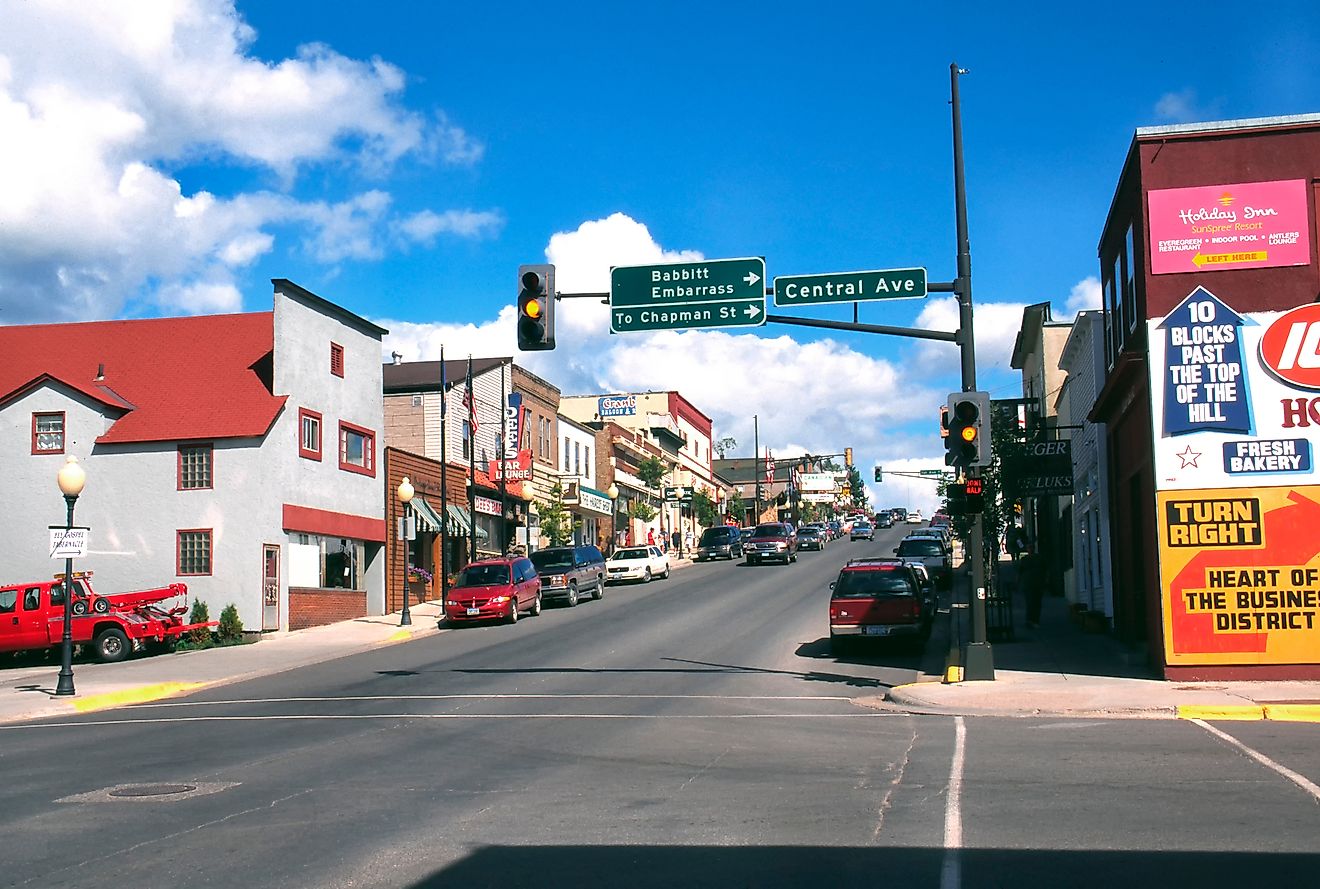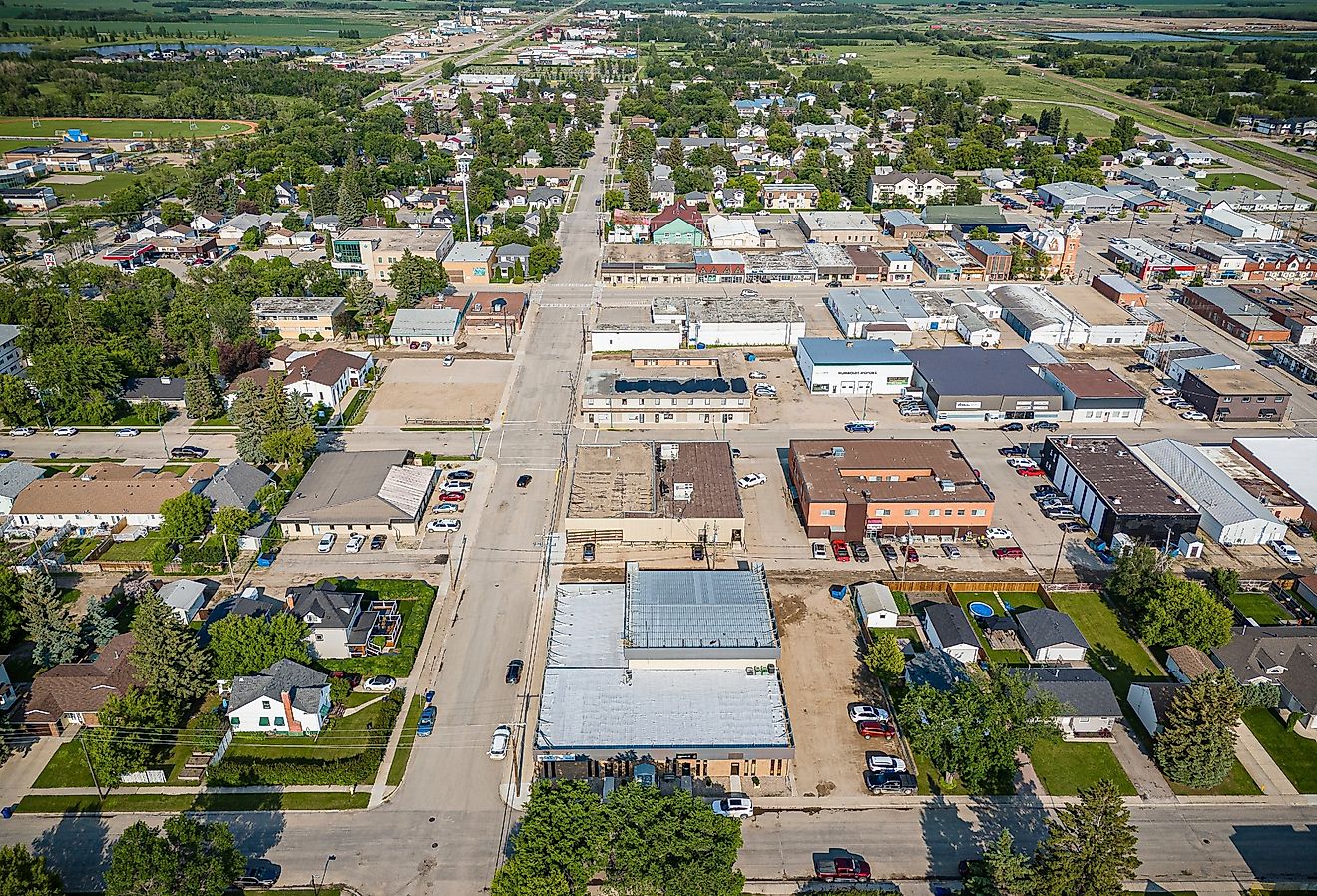Flags, Symbols, & Currencies of Greenland
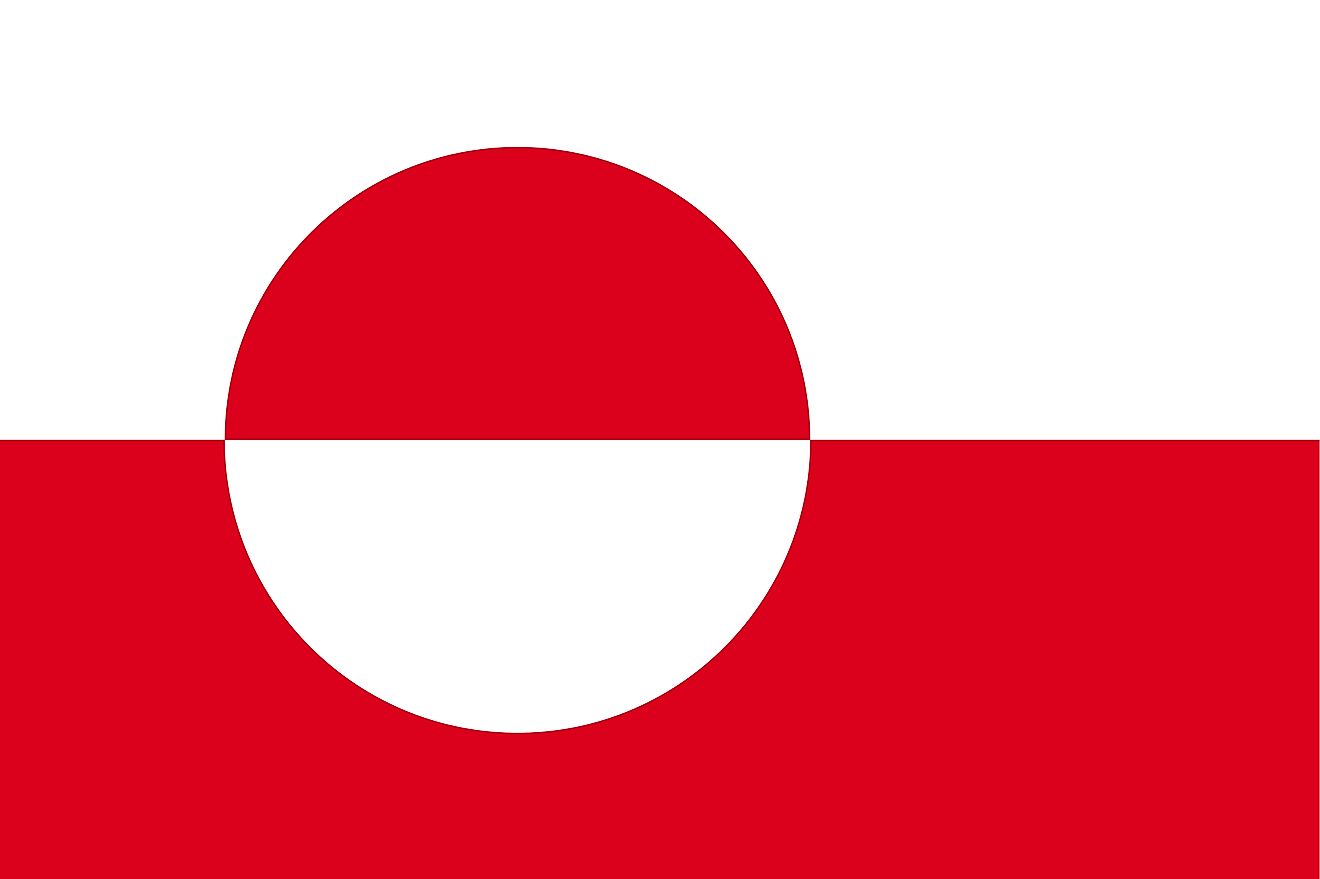
Greenland's national flag was designed by Thue Christiansen, a native of Greenland, and adopted on May 1, 1989. However, the idea of Greenland having own flag was put forward in 1973. But, after a poll to determine the island's flag, the majority preferrd Denmark's flag. Over a decade later Greenland adopted the red and white flag.
The flag of Greenland consists of two equal horizontal bands of white (top) and red with a large disk slightly to the hoist side of center - the top half of the disk is red, the bottom half is white. The design represents the sun reflecting off a field of ice. The colors are the same as those of the Danish flag and symbolize Greenland's links to the Kingdom of Denmark. The white is symbolic of the ice and snow that covers most of the island, and the red is symbolic of the sun. The national flag of Greenland has a height to length proportion of 2:3.
History of the Flag
The idea of having a flag came about 5 years before Greenland could be granted home rule. However, the majority of the people prefered the flag of Denmark over other flags. After Greenland was granted home rule, the government called for flag proposals, receiving 555 proposals. Christiansen's red and white flag narowly won and was adopted as the flag of Greenland in 1989. The other proposals included a green version of the flag of Denmark and a white flag with green cross.
Symbols of Greenland
National Coat of Arms of Greenland
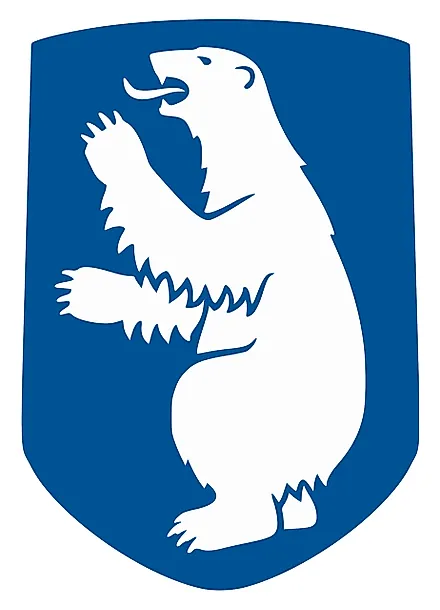
The coat of arms of Greenland is a blue shield featuring a silver polar bear. The version currently used by the government of Greenland was designed by Greenlandic artist Jens Rosing and adopted on May 1, 1989. The polar bear symbolizes the fauna of Greenland and the blue represents the Atlantic and the Arctic Oceans. The polar bear on the Greenlandic coat of arms raises the left forepaw, due to the traditional Inuit belief that polar bears are left-handed.
National Anthem
- Anthem Title: "Nunarput Utoqqarsuanngoravit" (Our Country, Who's Become So Old)
- Music composer: Jonathan Petersen
- Lyricist: Henning Jakob Henrik Lund
- Date of Adoption: 1916
Greenland's anthem was adopted back in 1916 well before autonomy. Since 1979, when home rule was granted, the government has also recognized the anthem used by the local Kalaallit people, "Nuna asiilasooq" (The Land of Great Length) as a secondary anthem. "Nunarput Utoqqarsuanngoravit" was composed by Jonathan Petersen, with Henning Jakob Henrik Lund writing the lyrics.
Nunarput Utoqqarsuanngoravit (Greenlandic)
Nunarput, utoqqarsuanngoravit
Niaqqut ulissimavoq qiinik.
Qitornatit kissumiaannarpatit
Tunillugit sineriavit piinik.
Akullequtaasut merlertutut
Ilinni perortugut tamaani
Kalaallinik imminik taajumavugut
Niaqquit ataqqinartup saani.
Taqilluni naami atunngiveqaaq
Kalaallit siumut makigitsi.
Inuttut inuuneq pigiuminaqaaq
Saperasi isumaqaleritsi.
Our Country, Who's Become So Old
Our country, which has become so old
your head is all covered with white hair.
Always held us, your children, in your bosom
and gave us the riches of your coasts.
As middle children in the family
we blossomed here
Kalaallit, we want to call ourselves
before your proud and honourable head.
Humbleness is not the course,
Kalaallit wake up and be proud!
A dignified life is our goal;
Courageously take a stand
The Currency of Greenland is the Danish Krone
Greenland’s plan to mint own currency known as Greenlandic Krone did not go through as the plan was abandoned in 2009. Instead, the island country continued to use Danish Krone as its official currency. Danish krone is the official currency of Denmark and its autonomous regions such as the Faroe Island and Greenland. It was introduced as the Danish currency on January 1, 1875. Danish Krone is sometimes referred to as the Danish crown since krone translates to the crown. One krone unit is subdivided into 100 øre.
Coins
Each Danish krone coin has distinct features, making it easy to distinguish one coin from another. The coin series are grouped into three sequences, each having a unique metal color. 1, 2, 5-krone coins have holes and are silver-colored, while the 50-øre coins are copper-colored bronze. The third sequence, comprising 10 and 20 kroner notes, are minted from golden aluminum bronze.
Banknotes
All the banknotes issued after 1945 are still considered legal for payment. The banknotes are issued in the denominations of 10, 20, 50, 100, 200, 500, and 1000 krone. The notes bear the images of some of Danish prominent personalities and landmarks. There are also the bridge series notes.
Historical Currencies of Greenland
Greenland do not have historical coins. However, before the introduction of krone, penny and cross coins were used throughout Denmark, including the present-day Greenland.
